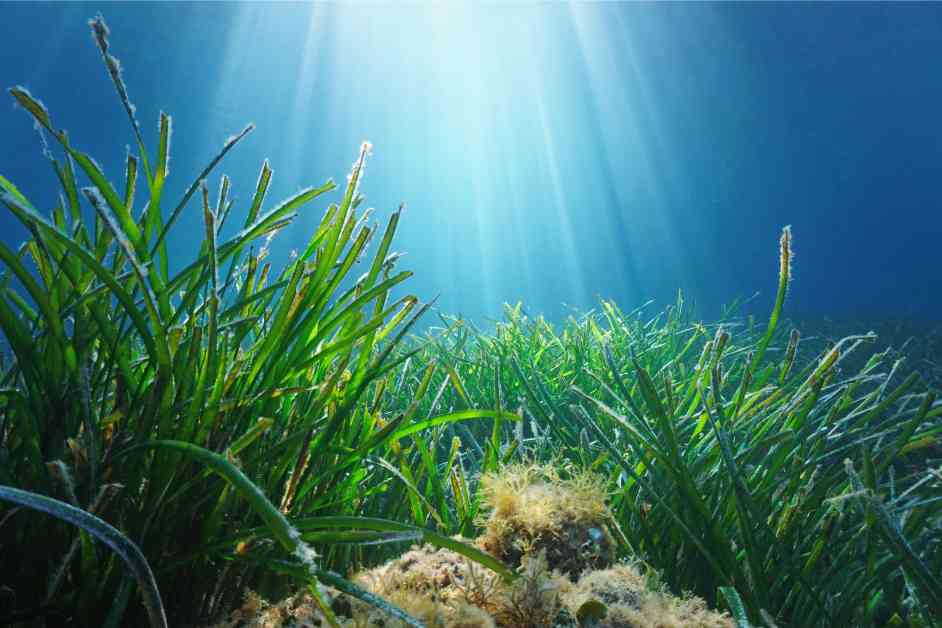Scientists were recently surprised by the discovery of a 1402-year-old seagrass clone in the Baltic Sea. A team of international researchers from Kiel, London, Oldenburg, and Davis, California, used a new genetic clock to accurately determine the age of this massive marine plant clone. This groundbreaking discovery sheds light on the longevity and survival of clonal species in marine environments and has implications for conservation genetics.
Dr. Thorsten Reusch, the research leader and Professor of Marine Ecology at the GEOMAR Helmholtz Centre for Ocean Research in Kiel, explained that clonal species produce genetically similar offspring through branching or budding. These offspring can grow to the size of a football field but are not genetically identical. Previous research had shown that somatic mutations accumulate in vegetative offspring, similar to cancer. The team led by Prof. Reusch, Dr. Benjamin Werner, and Prof. Iliana Baums used this mutation accumulation process to develop a novel molecular clock that accurately determines the age of any clone.
Applying this genetic clock, researchers identified a 1402-year-old seagrass clone, making it older than the Greenland shark or Ocean Quahog. This discovery challenges previous assumptions about the lifespan of marine organisms and provides valuable insights into the dynamics of clonal species. The team’s findings, published in the journal Nature Ecology and Evolution, open up new possibilities for dating other species and understanding their longevity.
The study’s interdisciplinary approach, involving researchers from different fields such as marine ecology, cancer evolutionary biology, and mathematics, highlights the importance of collaboration in scientific breakthroughs. By combining expertise from various disciplines, the team was able to develop a tool that can accurately date large clones in marine habitats.
The implications of this research go beyond understanding the age of seagrass clones. The genetic clock developed by the researchers can be applied to other species, including corals, algae, and terrestrial plants. This new tool will help scientists in conservation genetics and in developing effective measures to protect endangered species.
Moving forward, researchers plan to study other seagrass species and their clones to uncover even older organisms. By using this innovative genetic clock, scientists hope to gain a better understanding of the longevity and survival strategies of different species in dynamic environments. The study was funded by the Human Frontiers of Science Program (HFSP) and represents a significant step forward in the field of conservation genetics.



